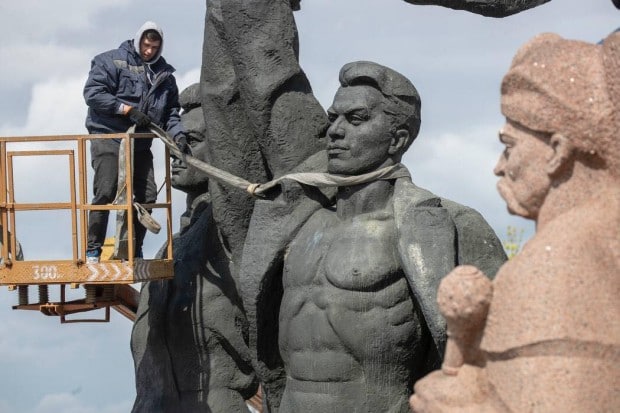If we look at most of the wars of the last 50 years, we can see that they are not becoming shorter. And even if we look at the full military history of the world, we can observe that wars of the magnitude that we are seeing in Ukraine are usually somewhat long.
Everybody is saying it: “The war in Ukraine will last for years”. The last person to do so was Jens Stoltenberg, the secretary-general of NATO, in an interview with the German newspaper Bild am Sonntag.
However, if we think about it, it’s pretty obvious that this war will last for years. And it isn’t even “because no party involved wants the war to be short”, as some people on the left are becoming used to saying. No, it’s not because of that, mainly since that reasoning has no logic.
For one thing, both parties involved in the conflict (Ukraine and Russia) prefer a brief conflict. Ukraine is fighting in order to limit the damage and suffering caused by this war as much as possible. As well as for many other strategic reasons regarding the war effort. And Russia because it wants to come out of this war as victorious as possible, and a long war doesn’t help that, but also for the reason that it wants to come out of this war with the army and the economy as least affected as possible.
And for the second part, nobody inside the NATO alliance is interested in the economic downfall that this war is causing. As much as some people claim that some countries may benefit from disruption in international commerce, that is simply not true. The cost of the disruption will always surpass the possible gains that one country could have had due to this war. The fact that the USA will start to export more oil and gas to Europe isn’t making Wall Street more confident in the future of the American economy, for example.
So no, I’m not talking about an NATO conspiracy here, to make the war last longer than it should. I will just compare this war with other wars in history. In an effort to explain why, we have no reason to think that this war will be short.
One example that has been brought up recently for obvious reasons is the USSR’s invasion of Afghanistan in 1979. Although this comparison is faulty, mainly because the mountainous Afghan terrain is almost an antithesis of the mostly flat Ukrainian terrain, we can also see why this war can have basically the same turnout as the one waged by the USSR in 1979. Where there are no mountains where Ukrainian soldiers can defend themselves from air and ground attacks, there are cities. Of course, this leads to a much higher human cost.
And if you want another major example, we have the US invasion of Iraq. This comparison is even a bit better regarding some aspects. One, both the Iraqi and the Ukrainian armies are, well, armies, and not just militias and guerrilla fighters. And second, regarding terrain, Iraq is much more similar to Ukraine than Afghanistan, which is also mostly flat. However, the US invasion played out much differently than the Russian invasion. Even with all the setbacks and mistakes, the US and British forces successfully invaded the country in about a month, fulfilling all their military objectives (regarding the invasion phase, of course). Russian forces have already failed in many of their military objectives. They have been trying to make a decisive offensive on enemy lines for almost 5 months now and have no idea of how this war is going to end.
Yes, most of the wars that I mentioned (Afghanistan and Iraq) were long because of the post-invasion/occupation phase, and now Russia apparently doesn’t have what’s necessary to effectively occupy Ukraine. But even so, if Russia manages a push in the Donbas region, it will have to then advance to Kiev and so on. And that, as we see, will take time (if it happens at all).
But I think that we don’t really need comparisons, or at least detailed comparisons. Because the main fact that I want to express—my main argument for this thesis—is simple: No war of similar magnitude to this one, has been brief. On the contrary, they are becoming longer and longer.
And it is my belief that this is true, at least as long as we don’t see a clear advantage on one side, or a successful offensive, etc.
















